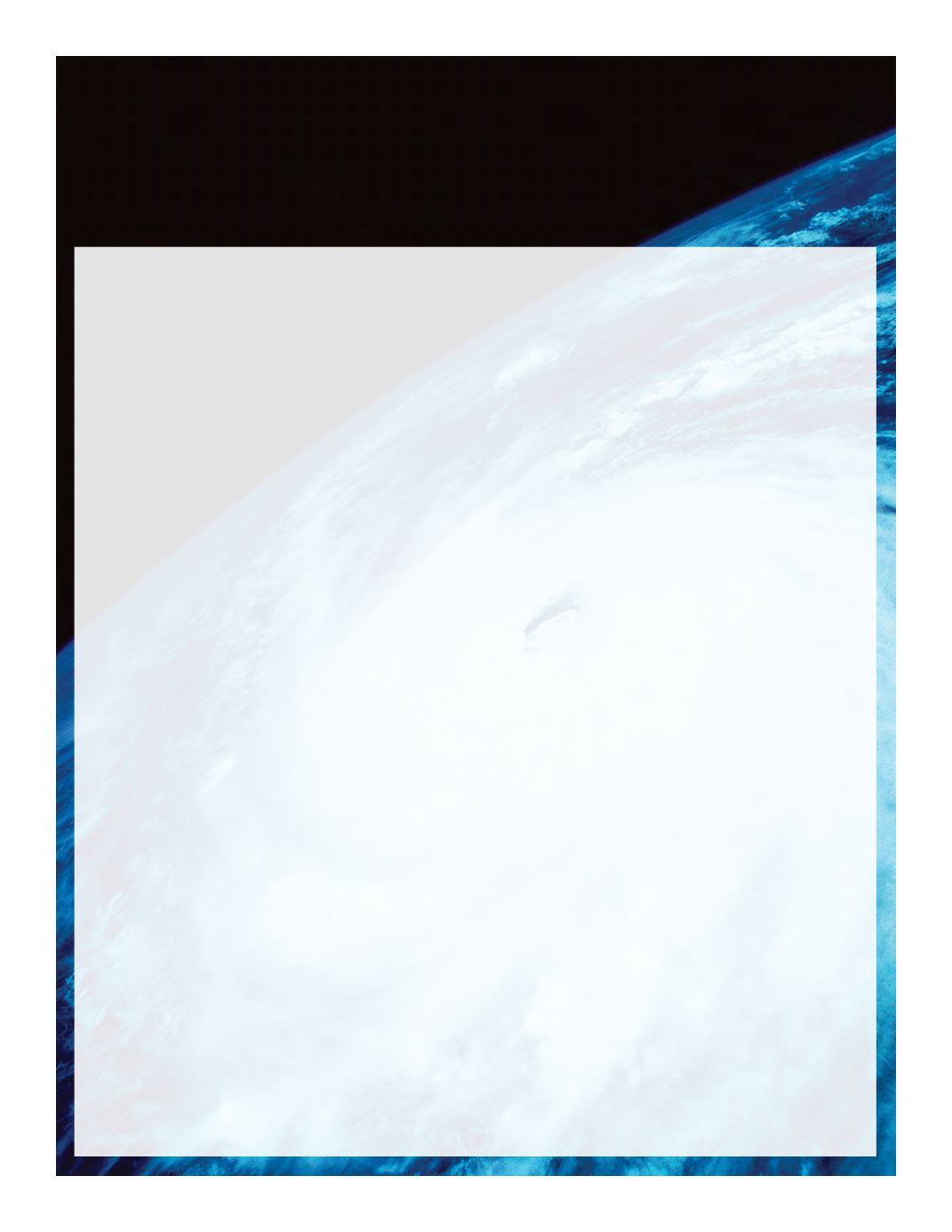
page 8 2014 TECHNOLOGY TODAY LINCOLN DAILY NEWS.com September 30, 2014
I
t might not be the weather
you want,but forecasts
have improved
Weather Balloons
Every day across the United States, a couple
hundred weather balloons are launched from
various locations at different times a day to gather
weather information and radio it back to the
weather service. The balloon itself is about 5 feet
in diameter and contains helium to carry it up to
about 100,000 feet above sea level. The payload
of the balloon is called a radiosonde, a shoebox
sized container of instruments that measure
altitude, temperature, barometric pressure and
humidity, and a telemetry radio. Wind direction
and velocity can also be determined at various
levels.
As it ascends, the radiosonde sends a continuous
stream of data back to the weather service
computers which construct a three dimensional
picture of the weather conditions aloft. A typical
weather balloon setup costs a couple hundred
dollars, and is designed for one-time use. The
information gathered by the weather balloon
technology is crucial to our understanding what
is going on in the upper levels of the atmosphere.
What’s going on up there greatly impacts what’s
going on weather-wise down here.
Satellite Imagery
Costing a great deal more than weather balloons,
the National Weather service has deployed
two different kinds of weather satellites to
continuously monitor and gather information
about weather trends in the world: Geostationary
satellites and polar orbiting satellites.
Geostationary satellites are in very high stationary
orbit, in sync with the movement of the earth, and
watch weather patterns in a given region.
Polar orbiting satellites are in lower orbit and can
gather information at much higher resolutions
across all zones of the earth. Between these two
types of satellites, weather scientists can watch all
the weather conditions on the whole planet.
Continued
→
Perhaps you hadn’t noticed that weather forecasting has become
significantly more accurate and significantly more detailed these
days. Forecasters at the National Weather Service can now pinpoint
the temperature, wind speed and direction, and the chance of
precipitation with reasonable accuracy as much as 10 days out.
And the accurate prediction of approaching extreme weather has
made our lives safer. Four pieces of current technology make all that
possible.
There are two different technological processes happening at the
National Weather Service: Data retrieval and data analysis.
Several different devices are used to retrieve the weather data:


